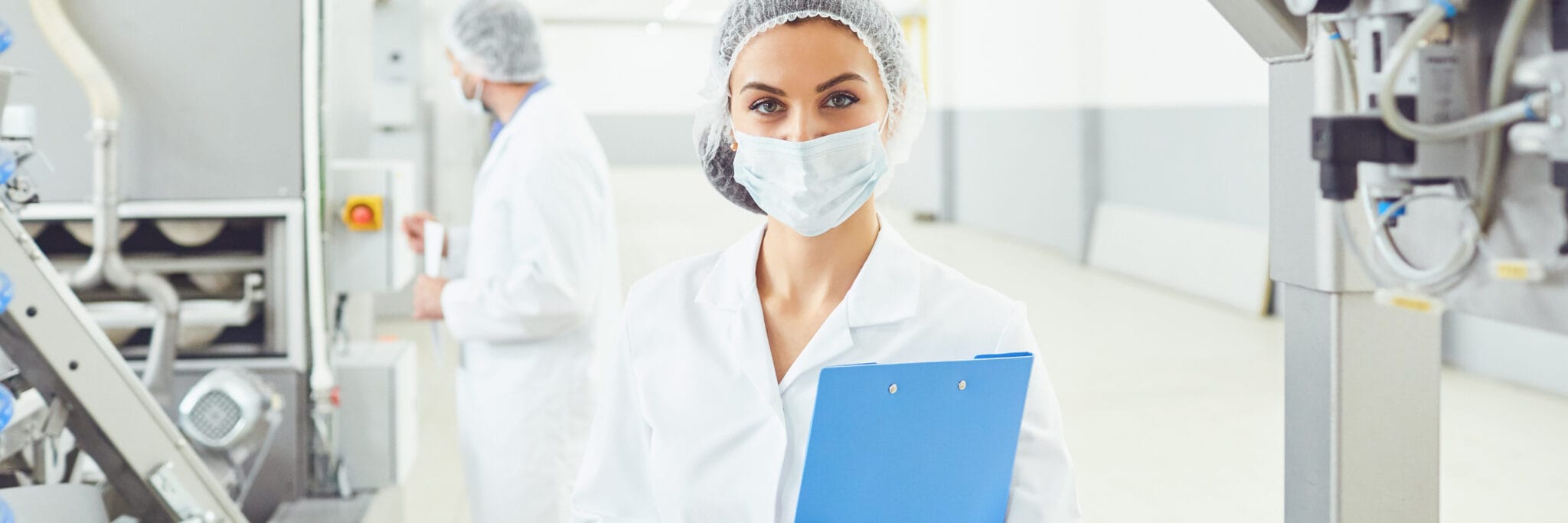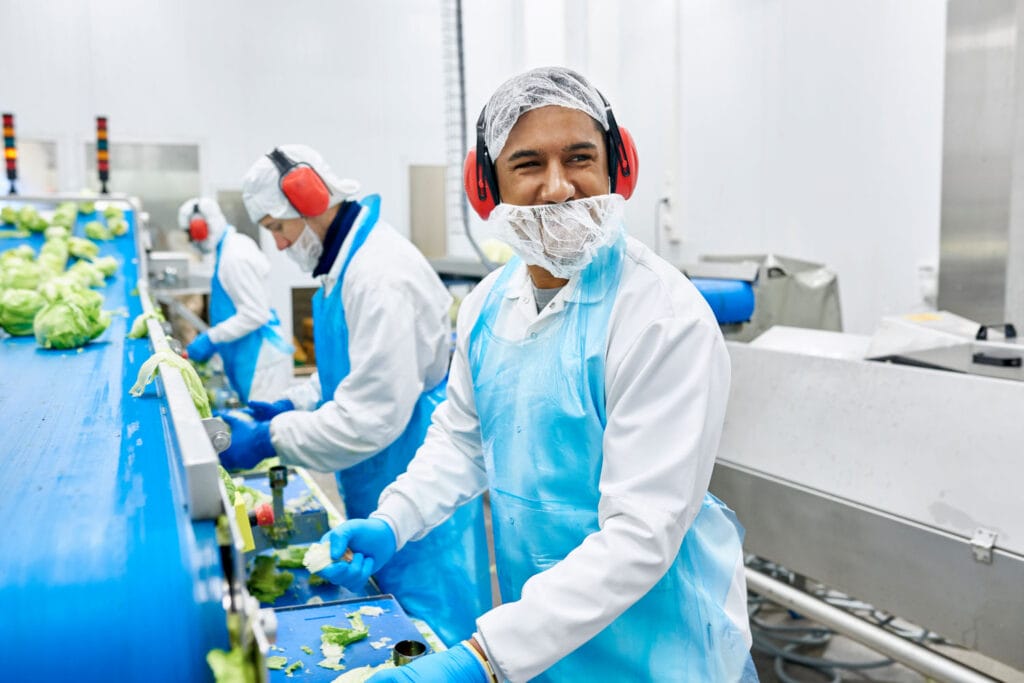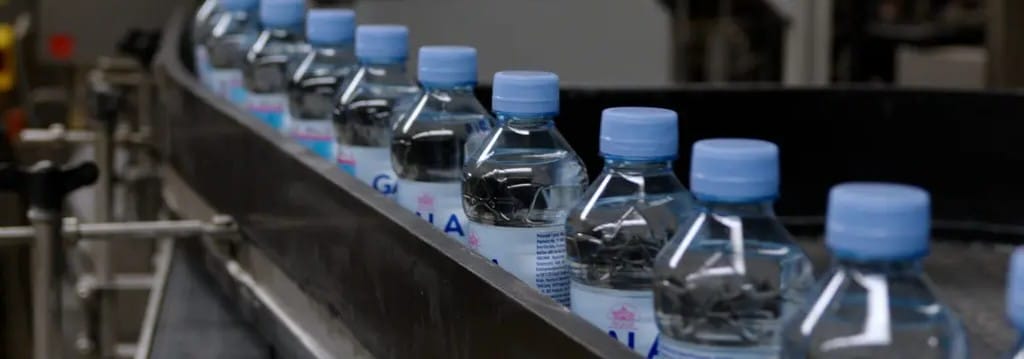
How to prepare for hygiene checks in food industry?
In the food industry, hygiene checks and audits happen regularly. They ensure that businesses comply with safety and hygiene standards, reducing the risk of unsafe foods from reaching consumers. They can even help promote a positive reputation for food companies with excellent compliance!
How can your business prepare for these hygiene checks and ensure it meets (and exceeds) the required standards? Read on to learn the most common hygiene mistakes and how to avoid them – ensuring compliance and passing every future hygiene control.
What is a food hygiene check?
In food production, contamination can occur at many stages, resulting in serious risks for consumers. To prevent this, many countries require regular food safety audits, conducted by official authorities. These audits ensure that food businesses comply with strict food hygiene and safety standards. They also help minimise the chances of unsafe foods reaching the markets. Additionally, these audits help reduce costly product recalls and even enhance a company’s reputation for quality
Local authorities are generally in charge of carrying out food hygiene checks. Sometimes, they can also be a result of complaints from dissatisfied customers, complaining about unsanitary conditions or being affected by a foodborne illness. Since inspections are often unannounced, food companies should always maintain high hygiene standards. Being consistent with hygiene practices helps not only to pass hygiene checks and audits, but also gives retailers, restaurants, customers, and other stakeholders confidence that food is safely handled from production to delivery and consumption.
What are the food hygiene checks focusing on?
Do you run a food company—whether a café, restaurant, or production facility—and are you up to speed with the regulations for handling, transporting, storing, and distributing food? Knowing what to watch out for is essential, as good hygiene practices are key to food safety and preventing contamination and disease from spreading.
Typically, hygiene inspections focus on these two main areas:
- Personal hygiene
Make sure all employees wear clean workwear, wash their hands regularly, and follow no-smoking policies. Additionally, all employees should hold a valid health or food pass, with copies stored in the office.
Check the image!
Do your staff follow the recommendations? - Operational hygiene
Keep the working premises spotless. Clean work surfaces regularly, sanitise equipment, and store products at correct temperatures to prevent spoilage and contamination.

Risk Analysis and Critical Control Points (HACCP)
Implementing control systems helps you maintain consistent quality and safety in food production. An effective and internationally recognised system is the Hazard Analysis and Critical Control Points (HACCP) framework. HACCP is designed to ensure food safety, by identifying potential hazards and establishing controls to prevent them.
HACCP in 5 easy steps:
- Look into your business operations: what risks exist relevant to food safety?
- Pinpoint critical control points where your business need to focus on in order to minimise risks and maintain safety
- Create an action plan to follow in case something goes wrong
- Ensure that employees and any other people in the facilities follow the correct way of working
- Keep record of your company procedures to demonstrate that things are working as they should.
Adopting HACCP principles, food businesses not only safeguard public health, but also reduce losses, optimise costs, and enhance overall operations. Regularly monitoring compliance with HACCP requirements and keeping records to demonstrate adherence to food safety standards will serve you well during food audits. It will also be a good way to keep employees and other stakeholders confident that the hygiene standards are up to date and enforced in the daily work. Read more about HACCP here.
Example: monitoring and record keeping
Personal hygiene
Food company X conducts regular training sessions to ensure staff understand and follow hygiene protocols.
Employees wear clean uniforms and protective gear when necessary, maintain personal cleanliness, and follow specific guidelines. For instance, washing hands thoroughly, avoiding loose jewellery, and securing long hair. All areas of the facility promote the personal cleanliness, including the changing rooms.
Staff members wash their hands with soap before starting their workday and regularly throughout their shift such as after using the bathroom. Check the list below for a reminder in what situations you should wash your hands.

More than just passing hygiene checks
Remember that hygiene in the food industry is not all about passing hygiene checks. Maintaining hygiene is about ensuring the safety and well-being of customers, protecting employees, minimising the risk of costly product recalls, and building a reputation for excellence. Staying proactive and compliant by implementing control systems such as HACCP, keeping records, and educating your staff are all cornerstones for a successful food company.






